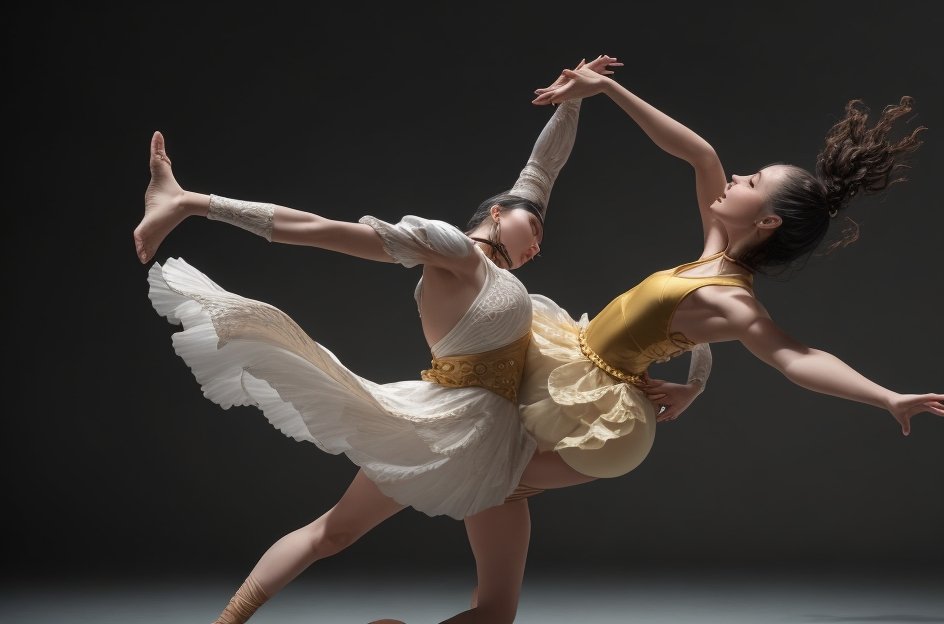Table of Contents
1. Introduction: Getting to Know the Dance Partner
Hello, dear readers! Today, we’re diving into a concept that’s as intriguing as it sounds: reciprocal determinism. No, it’s not the name of a new dance trend, but understanding it can be just as rhythmic. This idea, stemming from the world of psychology, describes the dance between personal, behavioral, and environmental factors in shaping who we are.
Reciprocal determinism is like a three-legged race, where each leg (or factor) impacts the other. Ready to deep dive? Let’s go!
2. The Mind Behind the Concept: Introducing Albert Bandura
Before we waltz deeper into the topic, let’s meet the mastermind behind this concept. Albert Bandura, a renowned psychologist, introduced the world to reciprocal determinism. He was a trailblazer in the realm of social learning theory, keenly observing how people and their environments interacted.
What Bandura noticed was profound. Not only did our environments shape our behaviors, but our behaviors also shaped our environments. And behind it all? Our personal characteristics, the silent choreographers directing the entire dance.
3. Breaking Down the Trio: Personal, Behavioral, and Environmental
Alright, let’s dissect this dynamic trio:
- Personal Factors: These are your internal thoughts, beliefs, feelings, and personal traits. Think of them as the music guiding our dance, setting the mood, and influencing our rhythm.
- Behavioral Factors: This is all about your actions and reactions. In our dance analogy, these are your dance moves. Smooth and swift or more of a clumsy shuffle, they’re influenced by your personal factors and the environment.
- Environmental Factors: These include external social situations, people around you, and physical surroundings. It’s the dance floor, the crowd, the ambiance — all playing pivotal roles in how you shake a leg.
4. The Cycle of Influence: It’s All Connected
When Bandura proposed reciprocal determinism, he painted a picture of interconnected influences. Imagine you’re nervous about dancing (personal factor). You might hesitate to hit the dance floor (behavioral factor). This, in turn, might cause others to perceive you as shy or reserved (environmental factor).
But it doesn’t stop there! Your environment responds and reacts, potentially reinforcing or reshaping your personal beliefs and subsequent behaviors. It’s a never-ending loop of interactions.
5. Not Just a Theory: Real-Life Applications
If you’re thinking, “Nice theory, but so what?” hold onto your dancing shoes! Understanding reciprocal determinism has real-world applications. For instance, it can guide interventions for behavioral change. Want to foster a more active lifestyle? Maybe it’s not just about personal motivation but also about creating a conducive environment and reinforcing positive behaviors.
6. The Empowerment Angle: You’re Not Just a Puppet
One of the most empowering aspects of reciprocal determinism is the idea that you’re not just passively shaped by external forces. You play an active role in shaping your environment and behaviors. Yes, your environment influences you, but you have the power to influence it back. Think of it as a dance where you sometimes lead and sometimes follow.
7. Debates and Discussions: Not Everyone’s Cup of Tea
Like any theory, reciprocal determinism has its critics. Some believe it places too much emphasis on personal factors, while others argue that environmental factors can sometimes dwarf the other two. However, what can’t be denied is the unique lens it provides in viewing human behavior, placing us as both influencers and the influenced.
8. In Conclusion: Embracing the Dance
Understanding reciprocal determinism is like mastering a complex dance routine. It’s about recognizing the rhythm, understanding each step, and flowing seamlessly from one move to the next. As you go about your day, think of the ways your thoughts, actions, and surroundings interplay, and remember, you’re always part of the dance.
9. Next Steps: How to Apply This Knowledge
You’ve got the knowledge, now what? Start observing patterns in your life. Notice how your environment shapes your actions and vice versa. And most importantly, remember that while the dance of life is intricate, you’ve got the moves to make it your own.
Check out the rest of the ‘Updated Ideas‘ site; there are some cool articles waiting for you! Fancy writing for us? Just give that contact button in the top right a tap. Cheers!

